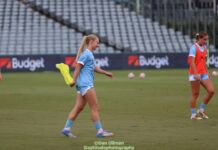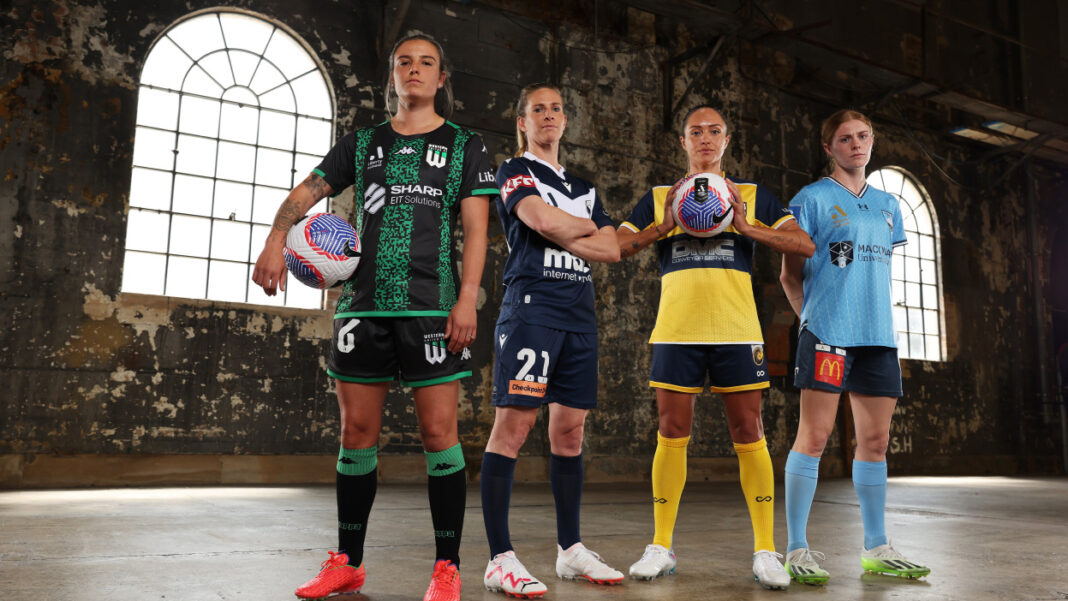
So you fell in love with women’s football during the 2023 Women’s World Cup, and you’re keen to get involved with the local game? Well you’ve come to the right place – welcome to Beyond90‘s Beginner’s Guide to the A-League Women!
In this short guide to the competition we affectionately call “The Dub”, we’ll do our best to give you a crash course in the Australian (and New Zealand, sort of) women’s national league, as well as a few tidbits to help you along the way to becoming a regular at games.
Know Your History
As any fans of mainstream sports in Australia would know, women’s teams have for decades struggled for recognition remotely similar to their male counterparts. Football was no different, with the first national women’s league – the Women’s National Soccer League, or WNSL – being founded in 1997, 20 years after the men’s league came into existence. In 2004 both leagues were disbanded, with the men’s league immediately being reborn the following summer as the A-League, while a women’s league – then known as the W-League – didn’t start play until 2008.
This new league would differ slightly from its predecessor: whereas the WNSL consisted mainly of teams based around state federations or Academies of Sport, the W-League was made up of seven teams affiliated with A-League clubs, as well as an eighth stand-alone club based in Canberra. While these new clubs would remain run and operated by federations until well into the competition’s future, this connection sought to foster a club-wide supporter mentality and increase the league’s exposure to new fans.
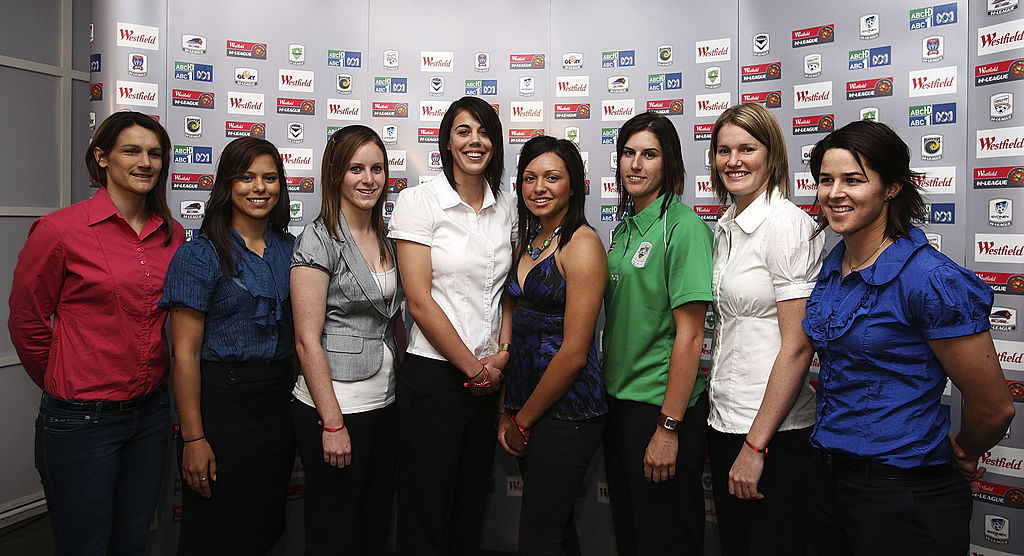
In the early days, clubs were run on the smell of an oily rag: matches were played in the heat of the Australian summer on fields usually reserved for local football, far from the bright lights and modern facilities offered to men’s teams; players were barely compensated for training and matches; and a single match was broadcast every Sunday on the ABC during the short and uneven season.
15 years later, and with considerable improvements in player welfare and compensation, training and playing facilities, and mainstream media coverage, the A-League Women now consists of 12 teams from across Australia and New Zealand, and will this season complete its first-ever full home-and-away season with an anticipation never before seen across the country.
Who’s Who in the ALW?
Throughout the history of the A-League Women’s competition, seven clubs have remained constants in the league: Adelaide United, Brisbane Roar, Canberra United, Melbourne Victory, Newcastle Jets, Perth Glory, and Sydney. 2012 brought with it the introduction of Western Sydney Wanderers, and in 2015 the league grew to nine clubs as Melbourne City joined the fray.
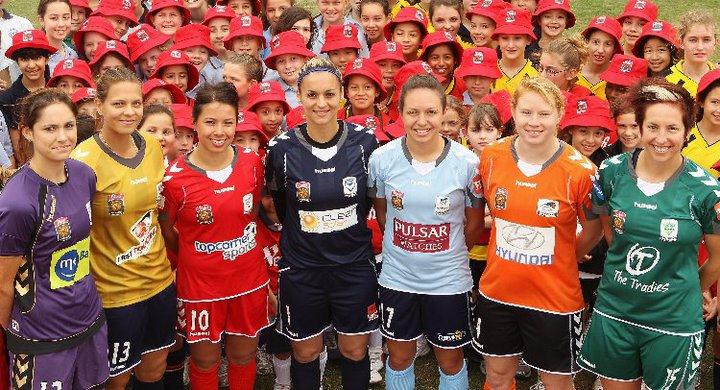
This season, the A-League Women’s competition will expand once again, with Central Coast Mariners being welcomed back into the league after 12 years in the women’s football wilderness. Part of the original eight teams and having competed in the first two editions of the Dub as an extension of Football NSW, the Mariners have been slowly plotting their return for the past few years, investing in local talent and building a women’s academy through a presence in the Sydney-based second tier League One competition.
Along with the Mariners are two other relative-newcomers in Western United, based in Melbourne’s western suburbs, and Wellington Phoenix, based in New Zealand. Having struggled for success in their two seasons in the league, Wellington’s story has been as much one of incredible determination off the field as it has been about winning matches on it, as the entire club – men’s and women’s sides alike – was based in Wollongong over the 2021-22 season due to New Zealand’s strict border closure during the Covid lockdowns, before eventually playing its first match in Aotearoa in November 2022.
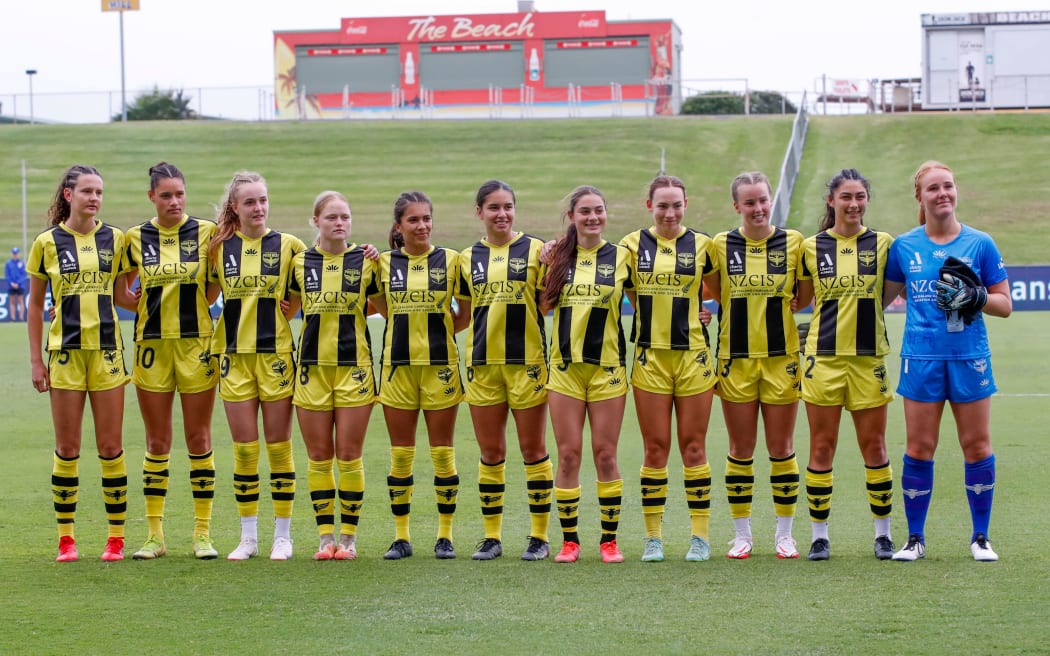
Western United’s story is the polar opposite to the Phoenix, making the most of their partnership with Victorian women’s football powerhouse Calder United to build chemistry prior to their introduction into the competition in 2022, shocking the league to finish a single point behind Sydney in second before qualifying for the Grand Final in their first year of existence.
Along with these three clubs are nine others with equally diverse histories, from Canberra and Brisbane’s early championships to Melbourne City’s domination of 2015-2020; from the tension of a Sydney Derby to the Original Rivalry between Melbourne Victory and Adelaide; from Perth’s Sam Kerr-led brilliance to Newcastle’s incredible nursery of talent. Every season has its own storyline, and this season will be no different, as the league unearths yet more diamonds from the rough and tumble of Australian football.
Don’t I know her?
Incredibly of the Matildas squad at the 2023 Women’s World Cup, every player in Tony Gustavsson’s squad had featured in the national competition, with six of the 23 debuting in the first season back in 2008. Among those myriad of Dub stories are Sam Kerr’s debut shortly after her 15th birthday, Lydia Wiliams’ incredible return from a second knee injury before the 2015 Women’s World Cup, Clare Polkinghorne’s 150 appearances and two championships with Brisbane, and Kyra Cooney-Cross’ grand final-winning goal in 2021.
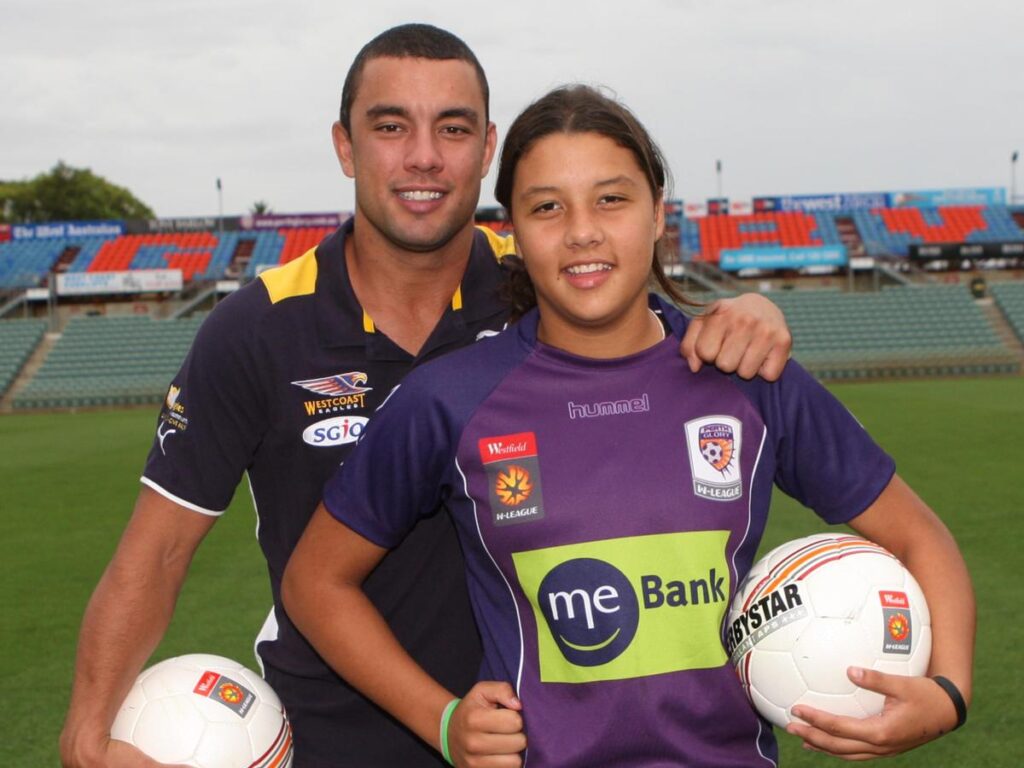
This season is no different, with penalty shootout hero Cortnee Vine stepping out for defending champions Sydney, Kyah Simon returning from England to sign with Central Coast, and Tameka Yallop heading home to Brisbane Roar after a successful stint in Europe. Alongside those familiar faces are fellow Matildas stalwarts Lydia Williams and Elise Kellond-Knight at Melbourne Victory, Chloe Logarzo at Western United, and all-time highest scorer Michelle Heyman at Canberra United.
Beyond those established stars, the A-League Women has a reputation as a petri dish of young talent, plying their trade at home before making big moves abroad. 2023-24 brings with it a host of fringe Matildas and players itching for a breakout season: Melina Ayres has flown north to Newcastle in search of warmer climes and a fresh start; Sydney midfielder Taylor Ray is back from a long-term injury and ready to continue her club’s success; Perth Glory’s Hana Lowry is already a leader among her peers and at just 20 looking to build towards the Matildas; and Jamila Rankin will look to add to her single Matildas cap in 2022 with a blockbuster season for Melbourne Victory.
But how can I watch the games?
The increasing popularity of women’s football means that matches being broadcast are better quality than ever before, with professional commentary from experts and former players, alongside DubZone – a Sunday night around-the-grounds show featuring opinions and analysis from some of Australia’s most knowledgeable pundits – as well as weekly highlights.
As of 2022, all A-League Women’s matches in the home-and-away season are streamed live on 10Play and Paramount+, both of which are available online, via their respective apps, and smart TVs. If you’re overseas, don’t fret!- matches are also streamed via the league’s YouTube channel alongside the host broadcaster in Australia.
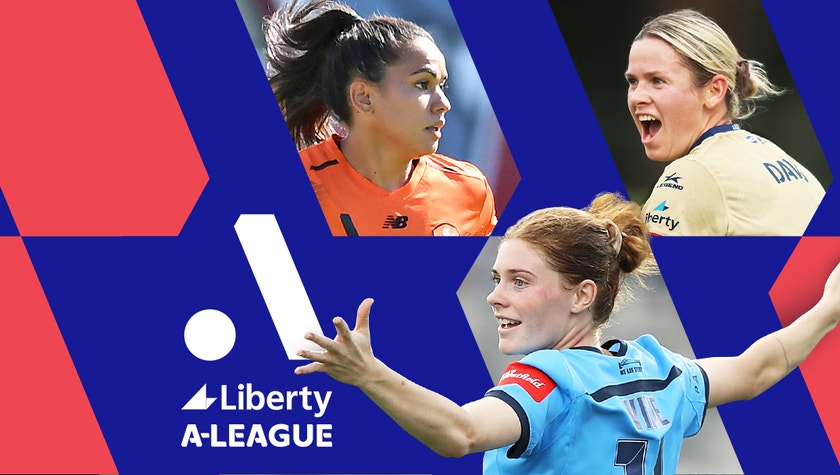
In saying that, football is one sport best watched live: whether you’re up high in the grandstand peering down from the wing, or watching the play unfold from behind the goal like this author prefers, you’ll see, feel, and learn the most about football at the match. Most teams in the Dub play at smaller suburban venues, where fans are closer to the action – think Melbourne Victory’s new home ground in the northern suburb of Bundoora, Western Sydney’s purpose-built facility in Rooty Hill, or Canberra United’s ebullient home venue McKellar Park – while Sydney, Brisbane, Wellington, and Central Coast play at inner-city stadiums shared with their men’s team or the regions’ other football codes.
Sounds good! How can I involved?
First of all, get to the game! The best way to guarantee entry is with a membership – these can be bought through your local club, or found via the A-Leagues website. Memberships will give you access to every home game, and usually comes with perks such as discounts on merchandise, cheaper food and drinks, and deals from club sponsors, depending on your club of choice.
If you’re not looking to lay out that much of your hard-earned, adult tickets usually range from $10 to $25 depending on your club, and again can be bought in advance or at the venue. Best of all, every child under 16 can register for a Liberty A-League Pass, which gives them free entry to every match in the competition, no matter where they live.

If (or really, when) you fall in love with the Dub and you’re looking to take your support to the next level, keep an eye – or an ear – out for your club’s active support group. These ruffians are among the most passionate at the match, usually travelling to games far from home and bringing the colour and noise to their patch of the stadium. Groups such as The Cove at Sydney, the Roar Corps (say hello to your friendly podcast host Maj) in Brisbane, Victory Vikings in Melbourne, and W-Jets Active in Newcastle are among the most well-known of the Dub supporter groups, and can all be found on the usual social media.
One last thing…
Heading out to these games can be hugely intimidating if you’re a new fan – we get that. Supporters of the Dub are almost universally more positive and more encouraging than those at men’s games, so you’re among good company.
Finally, if you do head out to the match: bring a friend, pack a water bottle and a hat, and most of all enjoy the match!





